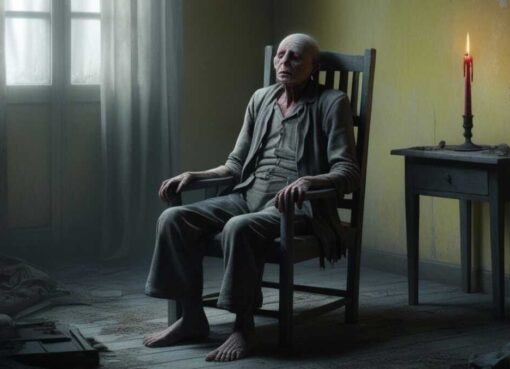In a small company, there was once an ant who diligently started his workday at 9 AM sharp. Without wasting a single moment, he would dive straight into his tasks. He worked tirelessly, contributing immensely to the company’s production, and lived a contented life as a result.
The CEO of the company, a lion, was astonished at how much the ant could accomplish without any supervision. This led the lion to think, What if the ant had a supervisor? Perhaps he could be even more productive.
In no time, the lion hired a cockroach to oversee the ant’s work. The cockroach, who had years of experience in supervision and report writing, immediately implemented a new attendance system in the office.
Not long after, the cockroach decided that he needed an assistant to help with reports. So, he hired a spider to manage phone calls and keep records.
The lion was delighted to see all the daily activities neatly reported and analyzed through graphs, which he proudly presented at board meetings.
As time passed, the cockroach felt the need for more technology. Soon, a computer and a laser printer were introduced, and an IT department was formed, led by a fly.
Meanwhile, the once happy and productive ant, who had previously worked without distractions, now found himself buried under paperwork and attending endless meetings. These constant interruptions caused his productivity to plummet, and he grew increasingly frustrated.
Sensing the need for further structure, the lion decided it was time to create a separate department for the ant’s division, appointing a cricket as the department head. On his first day, the cricket ordered a plush carpet and a comfortable chair for his office.
Soon after, the cricket also required a computer and a personal assistant to develop a strategic plan for the office. Although the computer was new, he hired one of his old colleagues as his assistant.
The once lively and energetic workplace had now become cold and silent. The joy and camaraderie were gone, replaced by an atmosphere of formality and tension.
To address the growing issues, the cricket convinced the lion that a comprehensive study on the ‘office working environment’ was necessary. After reviewing the situation, the lion noticed that productivity in the ant’s department had dropped significantly.
To solve the problem, the lion hired a well-known consultant, an owl, to audit the department and suggest ways to improve productivity. For three months, the owl monitored the department and interviewed every employee.
At the end of his investigation, the owl submitted a detailed report to the lion. The conclusion? The office was overstaffed, and a workforce reduction was necessary.
The very next week, several employees were laid off. And who was the first to lose his job?
The poor ant.
According to the owl’s report, the ant “lacked motivation” and was “constantly exhibiting negative behavior, which was harming the office environment.”
But what should have been assessed was the ant’s exceptional work quality, his attention to detail, and his ability to meet deadlines. Instead, a web of bureaucracy smothered his productivity and led to his downfall.
This version emphasizes the absurdity of excessive bureaucracy and the way it can stifle genuine talent. Does this fit the tone and message you’re looking for?







